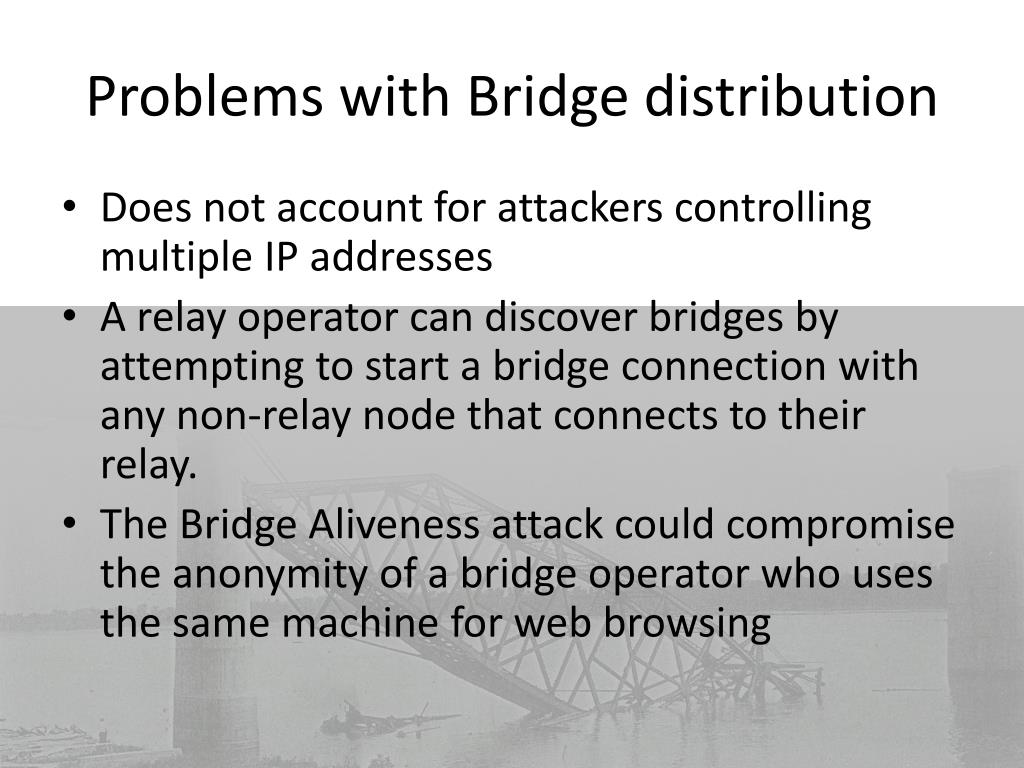




One hacker demonstrated this by sniffing emails and passwords from a Tor exit node. And the primary people with resources to run Tor exit nodes are state entities. But if you're sending your personal details inside of unencrypted traffic (like your email, or communications), your traffic will be sniffable from the Tor exit node. At that point, Tor has served its purpose: the traffic's original source cannot be identified. Tor does nothing to protect your traffic once it leaves the Tor exit node. Finally, Tor passes the traffic to an exit node, which is where your traffic enters the "normal" web again. It is then passed to a Tor bridge node, also randomly chosen. Tor uses three steps to anonymize the origin of traffic: first, the traffic is passed into a Tor entry node, which is randomly selected. It anonymizes the origin of your traffic by passing it through multiple relays. Tor client contacts Snowflake directory through domain fronting, directory tells the IP address and other information about the Snowflake proxy to the client, client establies webRTC connection with the Snowflake proxy and than through it it connects to the Tor bridge.Tor is a tool for anonymization. There is also an experimental Snowflake bridge system available in aloha version of the Tor browser which uses domain fronting to contact a directory of temporary proxies run by people using browser extensions. Yes they might be working for the NSA but for people that use it NSA is not the main concern, it is mainly used in places in China that aggressively block bridges. It is called meek your connection is passed through servers if big cloud hosting companies that support domain fronting (currently only Microsoft Azure) to hide your connection to the Tor network and to make it hard to block without serious collateral damage. What is this called? Who are the partners? Do they become your entry/guard relay or pass you off to one? If they work with the NSA, what potential exploits can they possibly perform against you? Your Tor traffic is passed through something like Amazon or whatever, to look as if it's connecting to regular TLS web traffic to a popular site. Pluggable transport is a way of disguising connection to the bridge so that it can't easily be detected as Tor connection. What exactly is a pluggable transport in relation to a bridge? When using a Tor bridge, does your entry/guard node become that bridge?


 0 kommentar(er)
0 kommentar(er)
